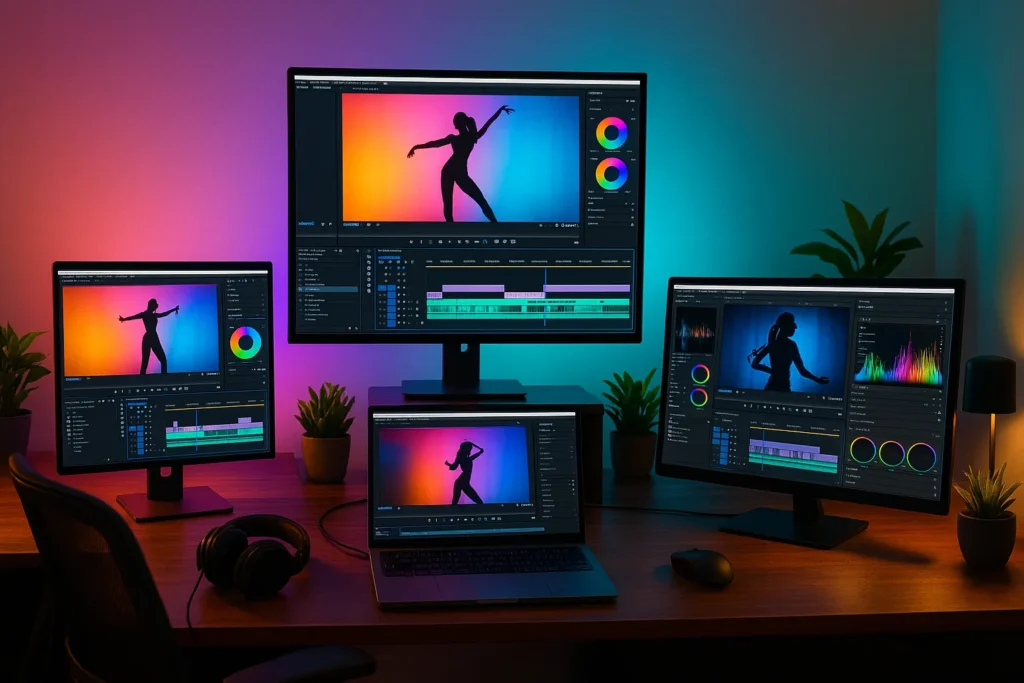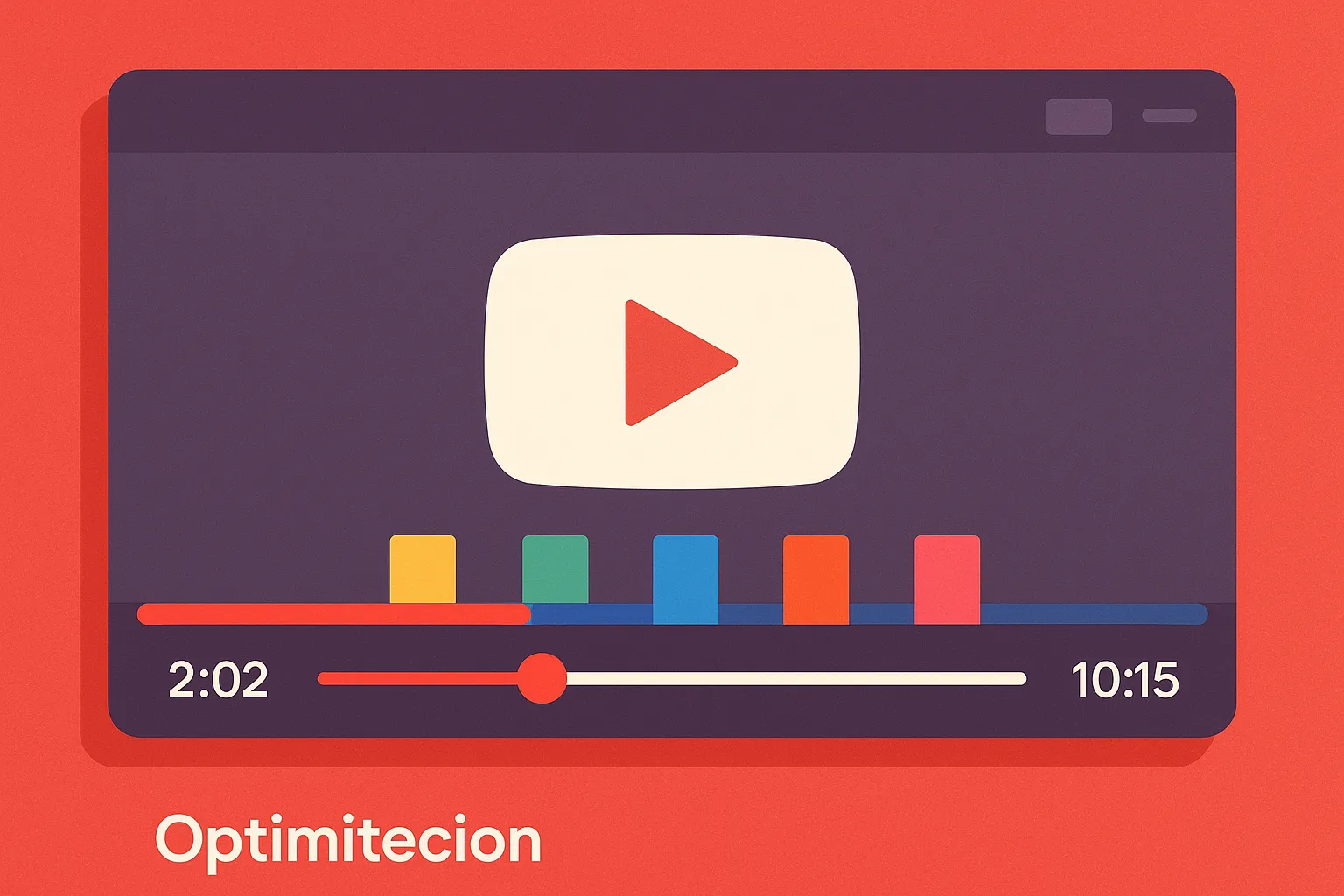Now Reading: Proven Video Ad Split Testing Methodologies For Data-Driven Marketers
-
01
Proven Video Ad Split Testing Methodologies For Data-Driven Marketers
Proven Video Ad Split Testing Methodologies For Data-Driven Marketers

Are you pouring budget into video ads but still guessing what actually works? With so much noise online, it’s tough to know which creative, message, or call-to-action truly connects with your audience. That’s where video ad split testing methodologies come in. By systematically testing different versions of your video ads, you can stop relying on hunches and start making data-driven decisions that skyrocket engagement, conversions, and ROI. In this guide, I’ll break down exactly how to A/B test your video advertisements, share actionable strategies, and show you how to optimize every frame for maximum impact.
Key Takeaways
- A/B testing video ads means creating two versions that differ by one variable, showing each to a segment of your audience, and comparing performance.
- Test elements like thumbnails, hooks, CTAs, and video length-but only one at a time for clear results.
- Use reliable platforms, segment your audience, and analyze metrics like engagement and conversions to pick a winner.
- Apply your findings to future campaigns for continuous improvement and higher ROI.
Why Split Testing Video Ads Matters
Let’s face it-guesswork can drain your ad budget. Video ad split testing methodologies let you pinpoint what resonates with your viewers, so you can invest in what actually drives results. With the right approach, you’ll:
- Eliminate guesswork and bias
- Improve engagement and conversion rates
- Optimize ad spend for better ROI
- Continuously refine your creative strategy
Key Elements To Test In Video Ads:
- Thumbnails: The first impression. Test different images, colors, or text overlays to see which one drives more clicks.
- Hooks: The opening 3-5 seconds. Try different opening scenes, statements, or questions to capture attention.
- Call-To-Action (CTA): Test different wording, placement, or design to see what drives more conversions.
- Video Length: Short vs. long-see what keeps your audience engaged.
- Narrative Style: Experiment with storytelling approaches, humor, or direct product demos.
- Titles and Descriptions: Play with wording, length, and keyword inclusion.
- Background Music and Edits: Subtle changes can affect mood and retention.
Pro tip: Test only one variable at a time to ensure you know exactly what caused any change in performance.
Step 1: Define Your Objective
Before you create your ad variations, set a clear goal. Are you aiming for higher click-through rates, more conversions, or better engagement? Your objective will guide every other decision in your split test.
Useful Articles:
Step 2: Identify The Variable To Test
Choose one element to change between version A and version B. For example:
- Different thumbnail images
- Two distinct opening hooks
- Alternative CTA placements
This isolation is crucial for accurate, actionable results.
Step 3: Create Your Video Variations
Produce two versions of your video ad that are identical except for the variable you’re testing. Keep production quality consistent to avoid skewing results.
Example: If you’re testing CTAs, both videos should have the same script, visuals, and music-only the CTA changes.
Step 4: Select Your Testing Platform
Use platforms that support A/B testing for video ads, such as:
- Facebook Ads Manager
- Google Ads
- TikTok Ads Manager
- YouTube (via Google Ads)
- Dedicated video hosting platforms like Wistia
These tools automate traffic splitting and provide robust analytics.
Useful Articles:
Step 5: Segment Your Audience
Randomly divide your target audience so each group is similar in demographics and behaviors. This ensures the results are unbiased and statistically valid.
Step 6: Set The Test Duration And Budget
- Duration: Run your test for at least 7 days to gather enough data.
- Budget: Allocate enough spend to achieve statistically significant results. Many platforms will estimate the required budget for reliable outcomes.
Step 7: Launch The Test
Activate both video versions simultaneously. Avoid making changes during the test, as this can compromise your results.
Useful Articles:
Step 8: Measure And Analyze Performance
Track key metrics based on your objective:
- Plays/Views: How many people watched each version?
- Engagement: Watch time, completion rate, shares, likes.
- Conversions: Clicks, sign-ups, purchases, or other desired actions.
Look for statistically significant differences. For example, if version B’s CTA drives 20% more conversions with the same spend, you’ve found a winner.
Step 9: Implement Insights And Optimize
Apply the winning element to your main campaign. Document your findings and keep testing new variables for continuous improvement.
Best Practices For Video Ad Split Testing
Test One Variable At A Time
Changing multiple elements at once makes it impossible to know what caused the result. Isolate your tests for clear, actionable insights.
Ensure Consistent Quality
All video variations should have the same production value. A poorly lit video will underperform regardless of the variable being tested.
Use Sufficient Sample Sizes
A large, representative audience ensures your results aren’t due to chance. Most platforms recommend a minimum audience size for meaningful data.
Avoid Mid-Test Changes
Don’t tweak your ads, targeting, or budgets mid-test. Changes can invalidate your results.
Analyze Beyond Surface Metrics
A video with a higher click-through rate but lower watch time may not be the true winner. Consider multiple metrics and align them with your goals.
Document And Repeat
Keep detailed records of what you tested and the results. Use these insights to inform future tests and build a knowledge base for your team.
Real-World Example
Let’s say you’re running a campaign for a new fitness app. You want to improve conversions from your video ad. Here’s how you might approach split testing:
- Objective: Increase app downloads.
- Variable: Test two CTAs-“Download Now” vs. “Start Your Free Trial.”
- Create Videos: Both videos are identical except for the CTA at the end.
- Platform: Facebook Ads Manager.
- Audience: Split your target demographic evenly.
- Duration/Budget: Run for 10 days with a $1,000 budget.
- Results: “Start Your Free Trial” drives 30% more downloads.
- Action: Roll out the winning CTA to all future ads.
Advanced Methodologies And Tips
Multivariate Testing
Once you’re comfortable with single-variable A/B tests, try multivariate testing. This allows you to test combinations of variables (e.g., thumbnail + CTA). However, it requires larger audiences and more complex analysis.
Sequential Testing
If your audience size is limited, run sequential tests-test one variable, implement the winner, then test the next variable. This approach takes longer but ensures reliable results.
Platform-Specific Features
- Facebook: Use the built-in Split Test tool for easy setup and analysis.
- YouTube/Google Ads: Use Experiments to test video variations.
- TikTok: Split Test feature offers statistical significance and automated winner selection.
Statistical Significance
Don’t declare a winner too soon. Use platform analytics or third-party calculators to ensure your results are statistically significant, not just random fluctuations.
Audience Segmentation
Test how different segments (age, gender, interests) respond to your video ads. This can reveal opportunities for personalized creative.
Continuous Optimization
Audience preferences change. Make split testing a regular part of your video ad strategy to stay ahead of trends and competitors.
Common Mistakes To Avoid
- Testing too many variables at once
- Running tests with too small an audience
- Ending tests prematurely
- Ignoring statistical significance
- Not documenting results
Video ad split testing methodologies are your secret weapon for creating high-performing, data-driven campaigns. By systematically testing and optimizing every element of your video ads, you can boost engagement, maximize conversions, and get the most from your ad spend.




















